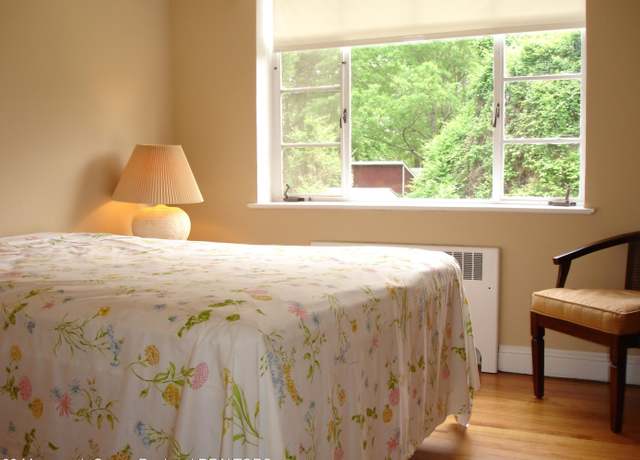

James Episcopal Church building served as a hospital for wounded British soldiers during the war. Revolutionary War skirmishes took place in Bonhamtown, Piscatawaytown and along what is now Woodbridge Avenue.

By 1834, the village featured 10 to 12 dwellings, two taverns, a store and a schoolhouse. The hamlet is said to have been the site of an old Native American village and later a Continental Army camp and battleground during the Revolutionary War.Īs early as 1693, Bonhamtown served as the seat of justice for Middlesex and Somerset counties.

The Bonhamtown area of Edison, on Old Post Road, is named after Nicholas Bonham, a freeholder from 1682 to 1683. His route was retraced, and special ceremonies were held at the historic St. Old Post Road, the earliest public road in eastern New Jersey, passes through Edison and is said to have been used by President George Washington as he traveled through the state on the way to his inauguration in New York City in April 1789.Ī re-enactment of that journey took place in Edison on April 13, 1989, during the celebration of the bicentennial of Washington's first inauguration. Skull and bone fragments from the Stone Age have been discovered in the Piscatawaytown area, and arrowheads and cooking implements, ascribed to Native Americans living in the area, were found in an archeological dig in the Dismal Swamp. But people have lived in the Edison area since prehistoric times. Many of these names live on in the community in the form of street names and section names. Its first families included the Dunhams, Martins, Bonhams, Hulls and FitzRandolphs, to whom land grants were given. Edison, formerly known as Raritan Township, was first settled in the late 1600's, when it was part of Woodbridge and Piscataway townships.


 0 kommentar(er)
0 kommentar(er)
